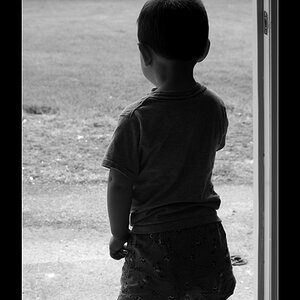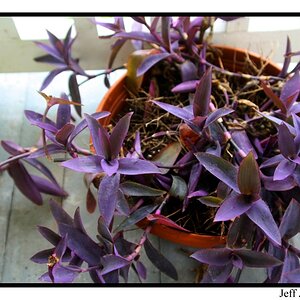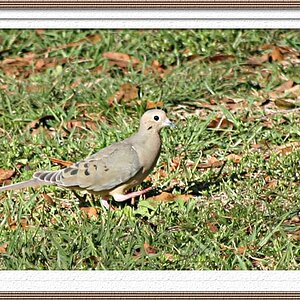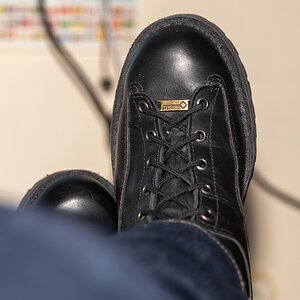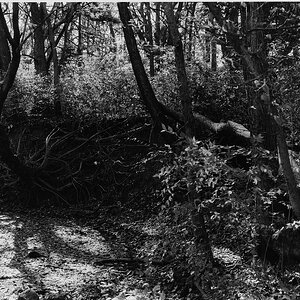domromer
TPF Noob!
- Joined
- Aug 11, 2007
- Messages
- 878
- Reaction score
- 0
- Location
- Eugene, Oregon
- Website
- www.flickr.com
- Can others edit my Photos
- Photos NOT OK to edit
I'm totally confused about color spaces.
At first I never worried about color space, then I'd upload pics to the web and they'd look like crap. So I read the web is srgb so I converted everything to srgb. Which is fine as long as I'm sending things to the web.
Now I needed to start printing things. It seems commercial printers use srgb while inkjets use cmyk.
So what the heck should my color space be? I just read an article in pop photo and they use adobe rgb I didn't hear them mention cmyk at all.
If I put everything to adobe rgb, when do I convert it to srgb before I send it to web? Will I see the colors change is PS when I convert to srgb from adobe rgb? Will I need to make color adjustments when sending things to the web?
Like I said I'm totally confused. Could someone please shed some light on this subject for me.
At first I never worried about color space, then I'd upload pics to the web and they'd look like crap. So I read the web is srgb so I converted everything to srgb. Which is fine as long as I'm sending things to the web.
Now I needed to start printing things. It seems commercial printers use srgb while inkjets use cmyk.
So what the heck should my color space be? I just read an article in pop photo and they use adobe rgb I didn't hear them mention cmyk at all.
If I put everything to adobe rgb, when do I convert it to srgb before I send it to web? Will I see the colors change is PS when I convert to srgb from adobe rgb? Will I need to make color adjustments when sending things to the web?
Like I said I'm totally confused. Could someone please shed some light on this subject for me.




![[No title]](/data/xfmg/thumbnail/35/35962-c0d3c2e7c3fd7f9bd7e12c21f955f4f0.jpg?1619737278)
